For the last several years, the Carbon Cub EX has maintained a foothold at the top of the list of Super Cub-like backcountry airplane kits, but everyone knows that you don’t stay on top by resting on your laurels. Determined to keep delivering its customers the best building and flying experiences it can, CubCrafters introduced the new Carbon Cub EX-2 at this year’s Sun ‘n Fun. At a casual glance the differences between old and new are easy to miss, but once the throttle moves forward and the EX-2 takes flight, it becomes obvious very quickly that this is a new and improved airplane.
For this article we were treated to a head-to-head comparison of the EX and the EX-2 flown back-to-back from a pretty grass strip called South Lakeland (X49). As the Cub flies it is only four miles southeast of Lakeland Linder Airport (Sun ‘n Fun), but in another way it is a world apart—no tower, no pavement, no crowds. This was the perfect spot to fly two planes that were born to land off pavement.
The Carbon Cub EX
For those of you who are not familiar with the Carbon Cub EX and its brother, the SLSA-certified Carbon Cub SS, they have set the standard for performance and quality in their category for the past several years. As a kit airplane the Carbon Cub EX has earned high praise for its completeness and ease of construction from many satisfied builders. The kit does not include two required batteries or an ELT, but otherwise, this is a plane that can be built from beginning to end without ever once cracking open the Aircraft Spruce catalog and ordering so much as a bolt that isn’t included in the original kit.
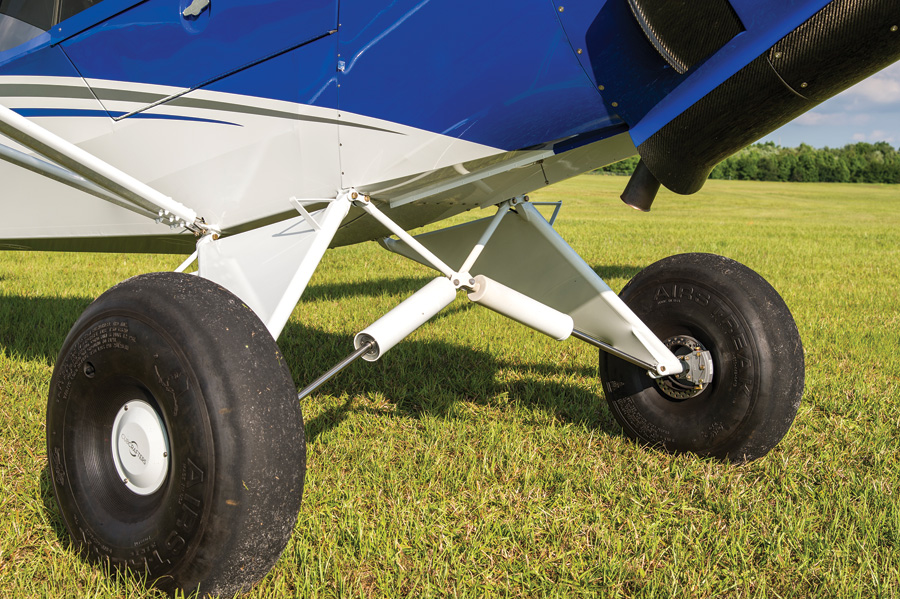
Optional Airstreak tires and Alpha Omega suspension. Smooth landings were fairly easy with this gear and tire combination, especially on grass.
CubCrafters introduced the first kit for the predecessor of the Carbon Cub EX in May 2008, but their trademark CC340 engine was not available until the following year. In January 2010 the name Carbon Cub EX became official with the SLSA version becoming the Carbon Cub SS. These planes, or rather a kit and a plane, were aimed at builders and pilots who wanted to comply with the Light Sport rules and still have a plane that could deliver superior backcountry performance. The fact that both versions have sold well is proof that customers have found good performance and good value in the Carbon Cub name.
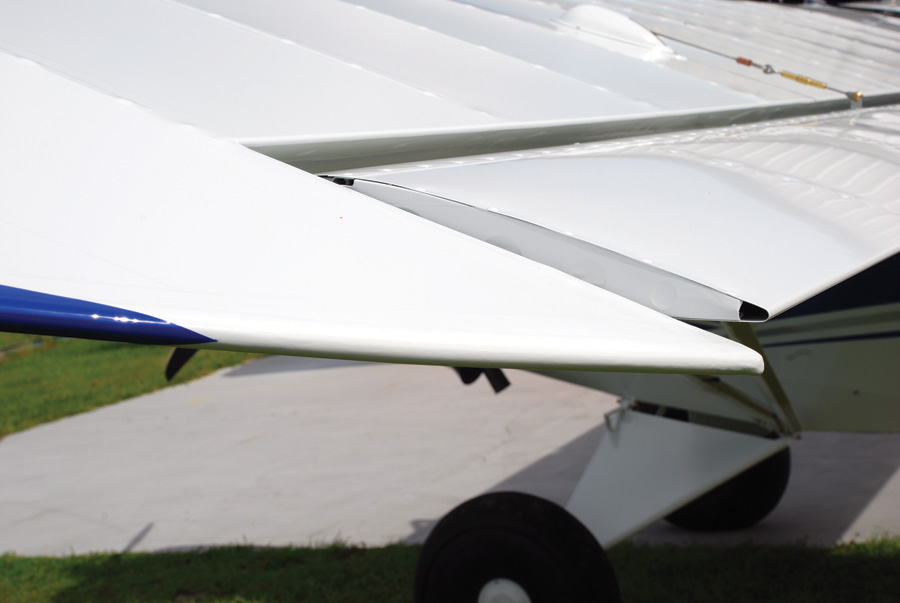
The new EX-2 features redesigned ailerons with curved top surfaces. These make the ailerons much lighter and more responsive.
Experimental builders, our readers, can assemble a Carbon Cub EX with various options including big tires and various pre-wired instrument panels (and soon amphibious floats). Empty weights start at about 930 pounds, which still allows for a 390-pound useful load for those builders limited to the Light Sport gross weight of 1320 pounds. For those not so constrained, a higher gross weight of 1865 pounds gives them a more Super Cub-like useful load of 900+ pounds. Either way, takeoff and landing performance is truly impressive, as proved by consistent high placings at various STOL competitions including Valdez.
The Fly-Off
Paul Dye, KITPLANES editor-in-chief, and I began the day with flights in the Carbon Cub EX to regain some familiarity with the feel of that plane. CubCrafters president Randy Lervold would ride with each of us to make sure we didn’t have so much fun flying that we forgot to come back with his plane. It had been some time since either of us had flown a Cub, so I for one didn’t mind the company. With one notch of flaps and full power, it only took a few seconds to be airborne. The 180-hp engine and Catto prop pulled us skyward at about 2000 fpm, but the morning clouds limited us to less than 1000 feet agl. That was plenty of room for some Cub flying, so Randy and I pointed the nose southward and put the EX through its paces. No surprises here, the EX has good manners for a Cub-type plane. It is relatively stable with aileron forces that were firm, but not excessive. There was a bit of adverse yaw in turns, but not too much. Stalls were uneventful power-on and power-off. The deck angle in a departure stall—full power with one notch of flaps—was unnervingly high, but recovery was uneventful with no tendency to spin if recovery was initiated promptly.
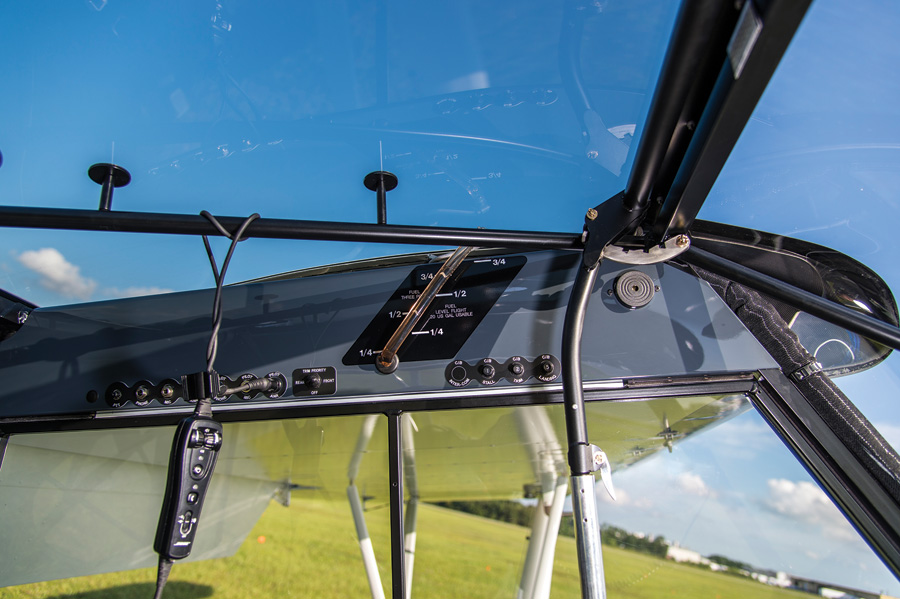
No bending down to find a flap handle with the EX-2. Its overhead flap handle (also found in the EX) works well and allows the pilot to keep his or her head up when deploying the flaps.
Landings went well in both three-point and wheel versions. The 26-inch Airstreaks on grass made smooth touchdowns fairly easy. There was plenty of elevator for a three-point landing, although it should be noted that this EX had elevator gap seals installed. We did not try any hang-it-on-the-prop super-short landings because it seemed so unnecessary. Normal landing rolls were only a few hundred feet. In short, the EX flew like a Super Cub, only better. It was hard to find much to complain about after flying the EX.

CubCrafters changed the tail feathers on the EX-2 to increase the size and effectiveness of these controls. Gap seals for the elevator seem to make quite a difference. These seals are a $200 option on the EX-2.
The New EX-2
Randy walked us around the EX-2 to point out the improvements they had made. To the untrained eye the changes were all but invisible at first. The shape of the ailerons had been changed with the top surface curved up a bit to lighten their feel. The slots between the wings and the ailerons were slightly larger now. Flaps were also different with the hinge points lowered to produce larger slots between the flaps and the wing trailing edges. The cove skins are also slightly different, again to change the slots between aileron and wings. At first we thought that it might be fairly easy to retrofit these changes to the older EX, but then we saw that the flap pivots at the fuselage would have to be relocated. This could be done, but it would be a challenge to get it precisely located and may well require some welding to make it all work. Thus a retrofit is likely possible, but not easy.
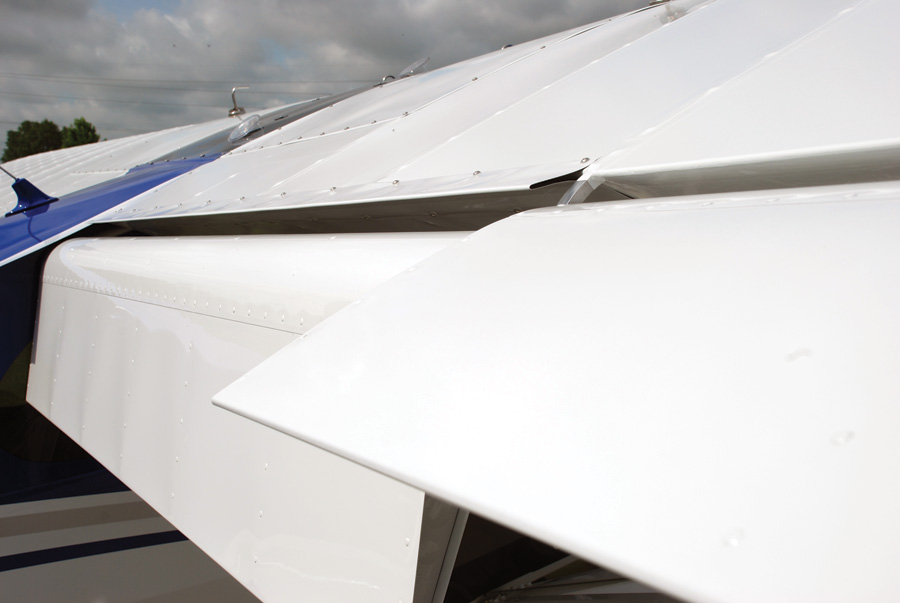
CubCrafters changed the flap cove skins as part of their effort to reshape the flap-to-wing slot. This is one of those subtle, but effective, tweaks that makes the EX-2 fly even better than the original EX.
In addition to the aileron and flap changes, the tail feathers have been enlarged for greater authority at slow speeds. Flying would later prove that the old EX elevator with gap seals was actually more effective than the new EX-2 elevator without seals, but no doubt the EX-2 elevator with gap seals would be better still. However, we were unable to verify that.
As they say, the proof is in the pudding, so we were anxious to get in the air with the EX-2. I was not disappointed. With two notches of flaps and a bit of back pressure we were off the ground in two seconds with no wind. I am not sure what that translated to in feet, but it wasn’t much. Easing off the flaps had us once again climbing at 2000 fpm. Leveling off quickly showed us the difference in the ailerons—they were noticeably lighter and crisper. The difference was not subtle.
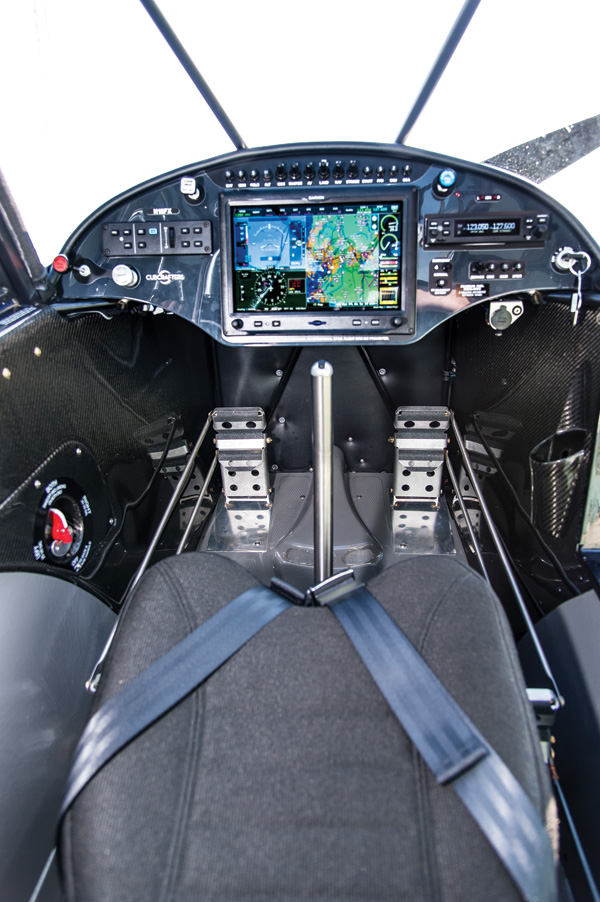
CubCrafters’ optional Executive Glass Touch instrument panel with 2-axis autopilot is very nice, but hardcore Super Cub pilots may give you a rough time for indulging in such luxury.
Stalls were similar to the EX, but we were unable to get the power-off stall to break when gently pulling the stick back to the stop. I could feel that it was almost there, but it would have taken some extra effort to actually get the nose to drop in this configuration. Aileron effectiveness remained good in slow flight, even as indicated airspeed dropped to 40 mph and below. Gentle turns could be made without trepidation at amazingly slow speeds. The EX-2’s handling instilled confidence at every turn.
Landings were every bit as gratifying at they had been in the EX. Without pushing the plane harder than we did and taking some actual measurements, it is hard to say whether the EX-2 actually landed shorter than the EX. But it was every bit as easy to land with very short ground rolls. The large and effective flaps also made steep approaches with slips easy work. An impressive plane has now become even more impressive.
Even though the Carbon Cub is not designed for speed, there are times that it is nice to be able to make reasonable progress between backcountry strips. At sea level and 2500 rpm the EX-2 indicated 122 mph. At 7500 feet it is reasonable to expect a true airspeed of about 10 mph faster. This is not exactly fast, but it is pretty good in the world of Super Cubs and other similar planes. These speeds were achieved with 26-inch Airstreak tires and a climb prop, so smaller tires and a more cruise-pitched prop would surely yield better speeds, but at the expense of some backcountry utility.
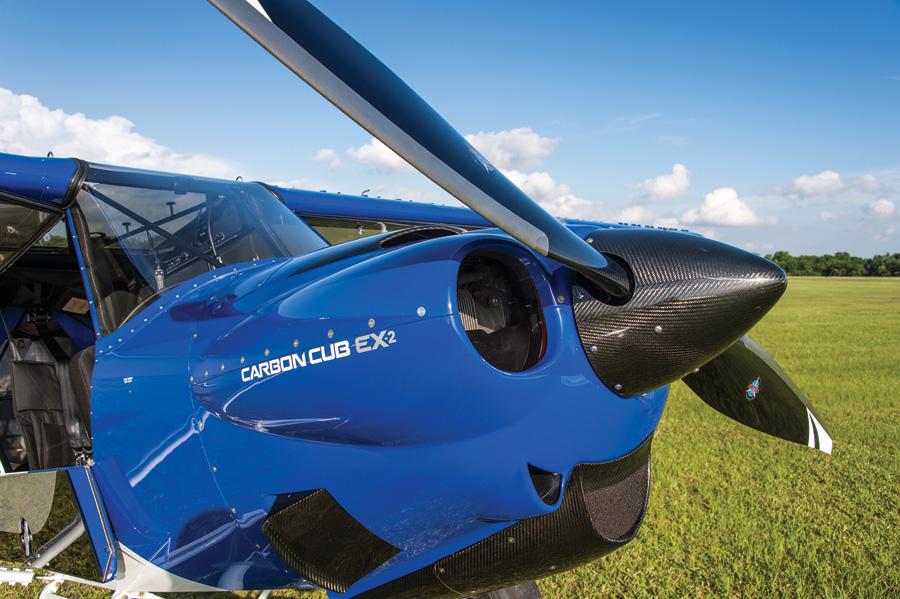
Under the EX-2’s cowling is the CC340, a 340-cubic-inch 180-hp engine driving a fixed-pitch Catto composite propeller. Notice the carbon fiber spinner, intake scoops and cowl flaps.
Light Sport Eligibility
For builders who want no-compromise Super Cub performance with Super Cub load carrying ability, the EX-2 can be built with a gross weight of 1865 pounds. Depending on how your plane is equipped, you will have a useful load of 850 to 929 pounds. A minimally equipped Carbon Cub EX-2 will weigh about 936 pounds empty, but our demo plane with Garmin G3X Touch, two-axis autopilot, and 40 gallons of fuel capacity came in at 1012 pounds empty, negating any possibility of it being a practical plane under Light Sport rules. On the other hand, it is possible using a 24-gallon fuel capacity, a VFR panel, and 8.00×6 tires, to build a Carbon Cub EX-2 at the minimum weight. A 384-pound useful load is not generous, but it does make Light Sport flying possible unless you are particularly large. The nice thing is that you do not have to settle for Light Sport performance when you have 180 hp on tap.
The CC340 Engine
CubCrafters is most unusual in that they actually “manufacture” their own engine. This allows them to specify operating parameters that permit the use of a 180-hp engine in an SLSA airplane. They allow full power for takeoff and then scale back to 80 hp for continuous use. This artful application of the SLSA rules allows them to retain their relatively heavy empty weight and high power output that would otherwise not be possible. In truth the engine is assembled by Aero Sport Power in Canada at the direction of CubCrafters using mostly ECi parts, including their stroker crankshaft. This makes an engine that would ordinarily be a 320-cubic-inch 160-hp engine into a 340-cubic-inch 180-hp engine. Special lightweight parts developed by CubCrafters and ECi complete this unique engine package and allow them to be considered the engine’s manufacturer. Since this engine is designed from the beginning as a part of the Carbon Cub, it fits seamlessly into the airplane.
Building a Carbon Cub EX-2
With options, the Carbon Cub EX-2 kit is just about as complete as a kit can be. The table shows how the various kit components break down.
You also need to add the cost of a paint job, which would range from $1500 or so for material only, to around $9,000 for a not-too-elaborate professional paint job. You will also want to add in the cost of two batteries and an ELT, which will run about $1000 or so.
Detailed assembly instructions and an extremely complete kit make the Carbon Cub EX-2 fairly easy to assemble, even for a first-time builder. A build time of less than 1000 hours is realistic. Experienced builders could expect to do significantly better than that. What is harder to quantify, but nonetheless important, is the reduction of non-building time that is saved with this kit. There is no shopping for parts that are not included. Clear instructions and parts readily at hand really cut down on what you might call head-scratching time for inexperienced builders. It is amazing how much time can be spent just trying to figure out what to do or what part to buy with many other kits.
It is worth noting that the Carbon Cub kit has been approved by the FAA National Kit Evaluation Team for amateur-built status as it comes from the factory. It did not pass by a wide margin, so there is little room for the use of commercial assistance if you want to remain within the legal guidelines, which of course you do. On the other hand, there is nothing wrong with getting some professional instruction to show you how to do fabric work, for example. You just can’t hire them to do it for you.
The Cost
No conversation about the Carbon Cub ever ends without the issue of cost coming up at some point. There are a number of somewhat similar kits that are much less expensive. For instance, the Light Sport-compliant Kitfox, RANS S-7S, and Just Highlander can all be built for around $80,000, or even less by a frugal builder. The Super Legend can be completed for just over $100,000. As we move away from the Light Sport kits to full-sized Super Cub kits, the completed airplane price gap closes quite a bit, but the Carbon Cub never becomes the low-cost alternative to any of its competition. So why does CubCrafters continue to outsell so many of the others?
The bottom line is that it is more money because it is more airplane. That combination of seamless integration of the design, comfort, quality, handling, and performance are just not matched by anyone else. It costs more because it is worth it. If you don’t believe me, go fly one for yourself. Just be forewarned. Once you do, you won’t want anything else.
For more information visit www.cubcrafters.com/carboncubex or call 509-248-9491 for the number of a sales center near you.

![]()
Dave Prizio is a Southern California native who has been plying the skies of the L.A. basin and beyond since 1973. Born into a family of builders, it was only natural that he would make his living as a contractor and spend his leisure time building airplanes. He has so far completed three—a GlaStar, a Glasair Sportsman, and a Texas Sport Cub—and he is helping a friend build a fourth, an RV-8. When he isn’t building something, he likes to share his love of aviation with others by flying Young Eagles or volunteering as an EAA Technical Counselor. He is also a member of the EAA Homebuilt Aircraft Council.

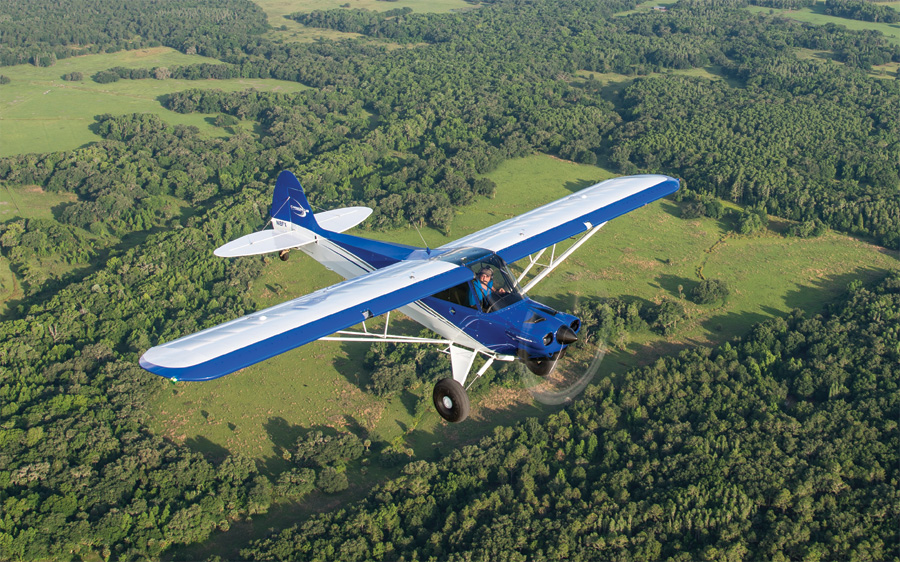

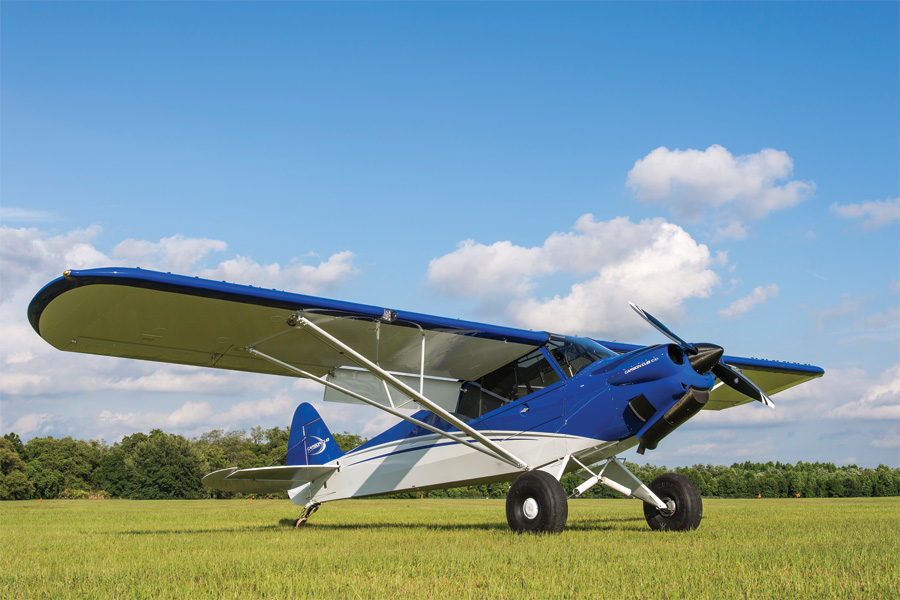
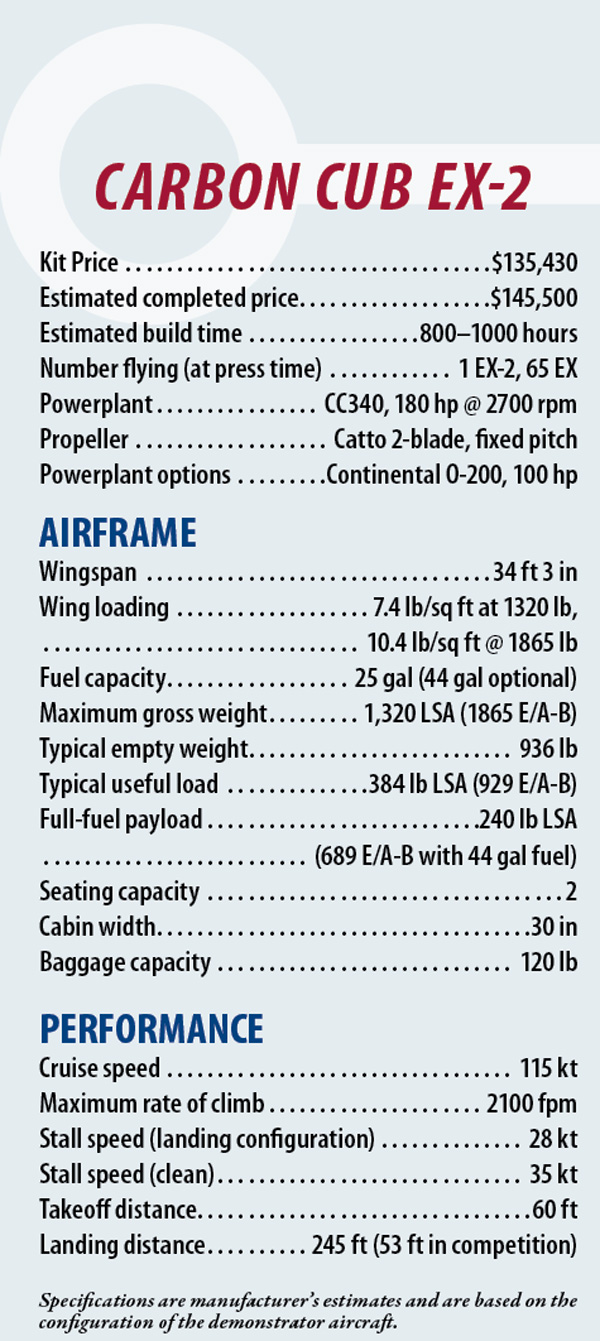
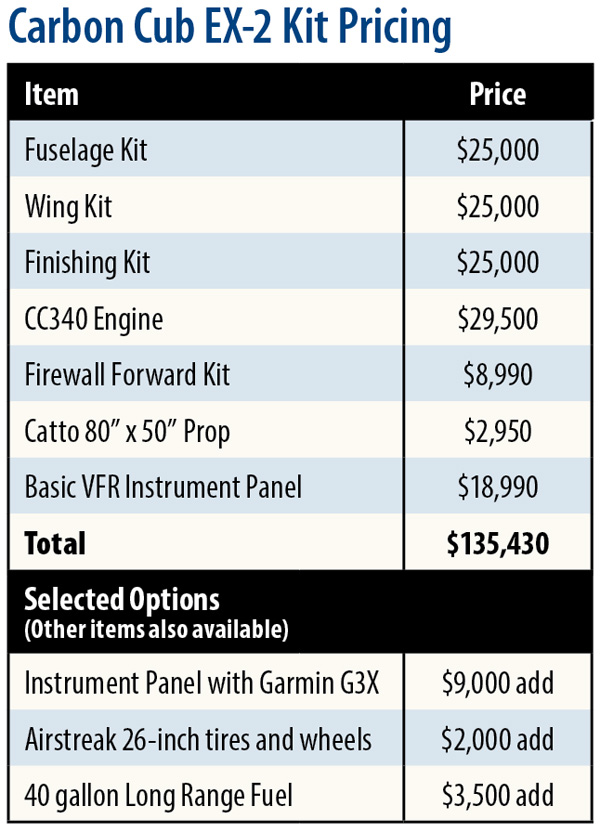
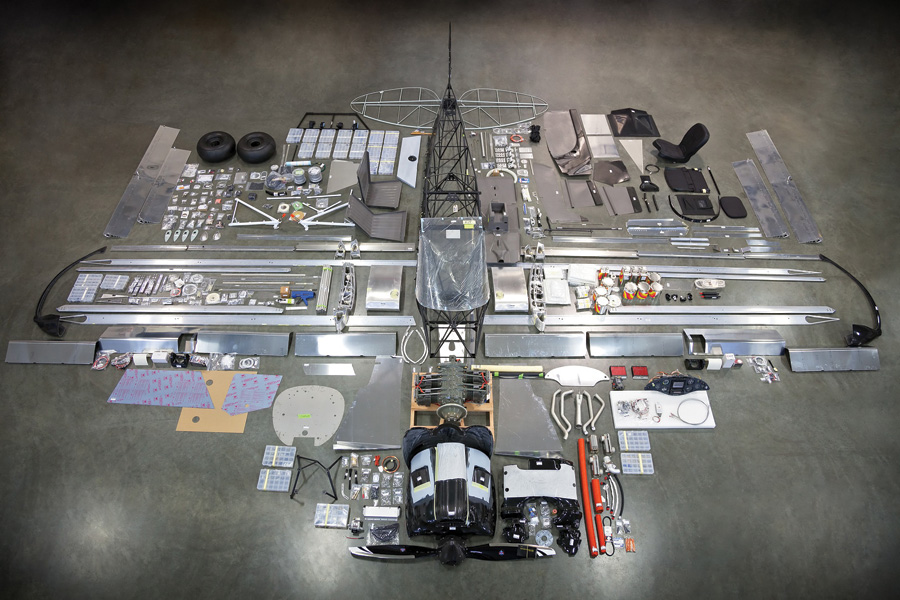
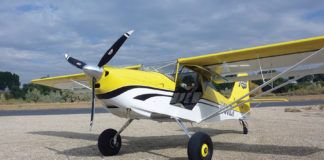
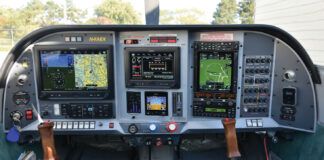
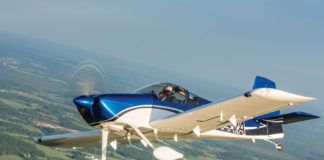
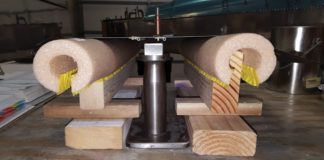
what is the recommended wind speed